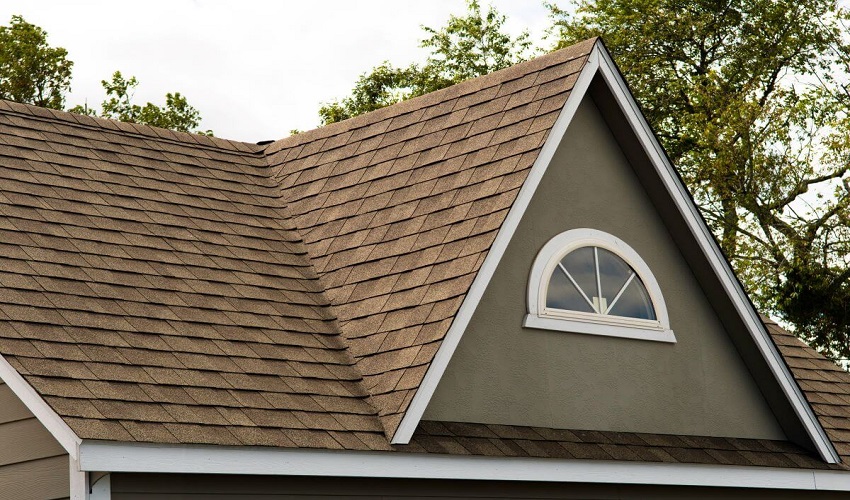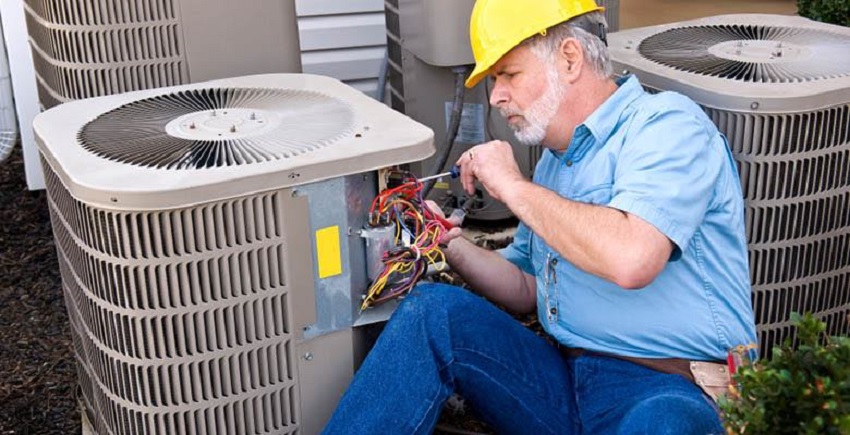Shingles are an excellent choice for a roof, but there are several factors to consider before you install them. Learn about their fire resistance, durability, and attic ventilation. Here are five facts about shingles roofs that will help you make the right decision.
Fire Resistance
A fire-resistance rating is an essential factor for deciding which roof to put on your house. A class A roof is considered the best option because it is resistant to severe fire effects. According to the professionals at roofing companies like IKO Roofing, a roof must pass three different tests to achieve this rating. The first is the intermittent flame test, which involves blowing hot flames onto a shelter for two minutes. The following two tests measure the time it takes for the roof to catch fire and how long it takes for the top to extinguish. The third test is called the 90-minute wind test.
The fire resistance of a shingled roof depends on the material and the roof structure. Fire-resistant roofing materials are often cheaper than their counterparts but may not have the same protection. In addition to ensuring the roof will withstand fire, the material must also be easy to install.
Cost
Many factors determine the cost of shingles for a roof. The quality of the shingles is usually the most critical factor but remember using a quality shingle like IKO shingles is always a good idea for the longevity of your roof and the protection if offers. Some brands are cheaper, while others are more expensive. The cost of installation also determines the price. More complex jobs tend to cost more than simple ones. Slopes, low accessibility, and working around architectural features can all increase the cost.
The number of shingles needed will also affect the cost. The number of shingles required depends on the total square footage of your roof and the roof pitch. The more shingles you need, the more money you will spend on a new top. Using the Roof Shingles Calculator can help you estimate the total cost of a new roof. It would be best if you remembered to add 10% to 15% to your estimate so you won’t end up paying more than you need to.
Attic Ventilation
Attic ventilation is necessary for several reasons. First, it helps maintain the temperature inside a home and prevents roof damage. While adding more insulation to a home might seem counterintuitive, the proper ventilation will reduce temperature fluctuations, lower utility bills, and allow fresh air to circulate through the attic.
Proper attic ventilation is critical for the longevity of shingles and helps prevent premature shingle wear. Poor ventilation will lead to cracking and curling in the shingles. It can also cause blow-offs and leaks.
Attic Vents
If you have a shingle roof, you can choose many attic vents. Some are motorized, which means they use fan power to drive moisture and heat from your attic. Other natural convection vents create holes in the roof to let rising air. These are less noticeable than different types of roof vents.
A poorly ventilated attic can cause ice dams, allowing water to penetrate under the shingles. Keeping these vents clear is essential to prevent moisture from accumulating, regardless of your roof type. You can use a leaf blower or air nozzle to blow off any debris in the way of the duct. A bare roof can also signify trouble because it could result from poor ventilation or inadequate insulation.
Soffit Vents
The soffit vents on a shingles roof are not always visible, but they can make a big difference in the longevity of your shingles. Not only do they reduce the heat in the attic during the summer and help prevent ice dams during the winter, but they also keep your roof sheathing from rotting.
Adding soffit vents on a shingle roof can help protect your roof from the harmful effects of high humidity. This moisture can lead to warped and decayed wood. It can also cause leaks. Therefore, good airflow will increase the lifespan of your roof and decrease energy costs.




